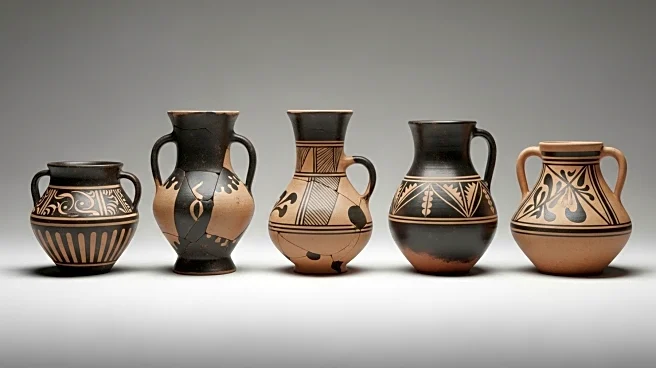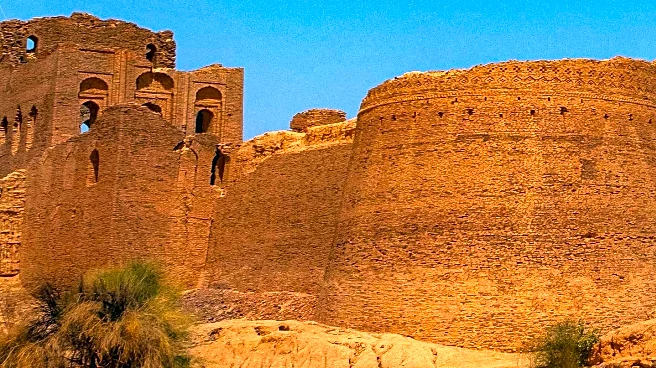Rapid Read • 7 min read
A new study published in the journal L’Antropologie explores the symbolic significance of the ibex in ancient art, particularly in the Near East. The ibex, a species of wild goat, has been depicted in various forms of prehistoric art, including pottery, seals, and jewelry. Researchers have found that these depictions often associate the ibex with fertility, lunar cycles, and celestial bodies. The study highlights the animal's presence in rock art and artifacts from regions such as the Iranian plateau, suggesting its cultural and spiritual importance across different civilizations.
AD
Understanding the symbolism of the ibex in ancient art provides valuable insights into the cultural and spiritual beliefs of early civilizations. The study reveals how the ibex was perceived as a symbol of fertility and timekeeping, reflecting the interconnectedness of nature and human life. This knowledge enriches our understanding of historical art and its role in shaping societal values and practices. It also contributes to the broader field of archaeology and anthropology, offering new perspectives on the interpretation of ancient symbols and their meanings.
The study of the ibex in ancient art highlights the enduring influence of natural symbols in human culture. It suggests that the ibex's association with celestial bodies and fertility may have played a role in the development of early religious and spiritual practices. This research could inspire further exploration of other animal symbols in prehistoric art, potentially uncovering new connections between ancient societies and their environments. Additionally, the findings may influence contemporary art and cultural studies, encouraging a deeper appreciation for the historical significance of natural motifs.
AD
More Stories You Might Enjoy










